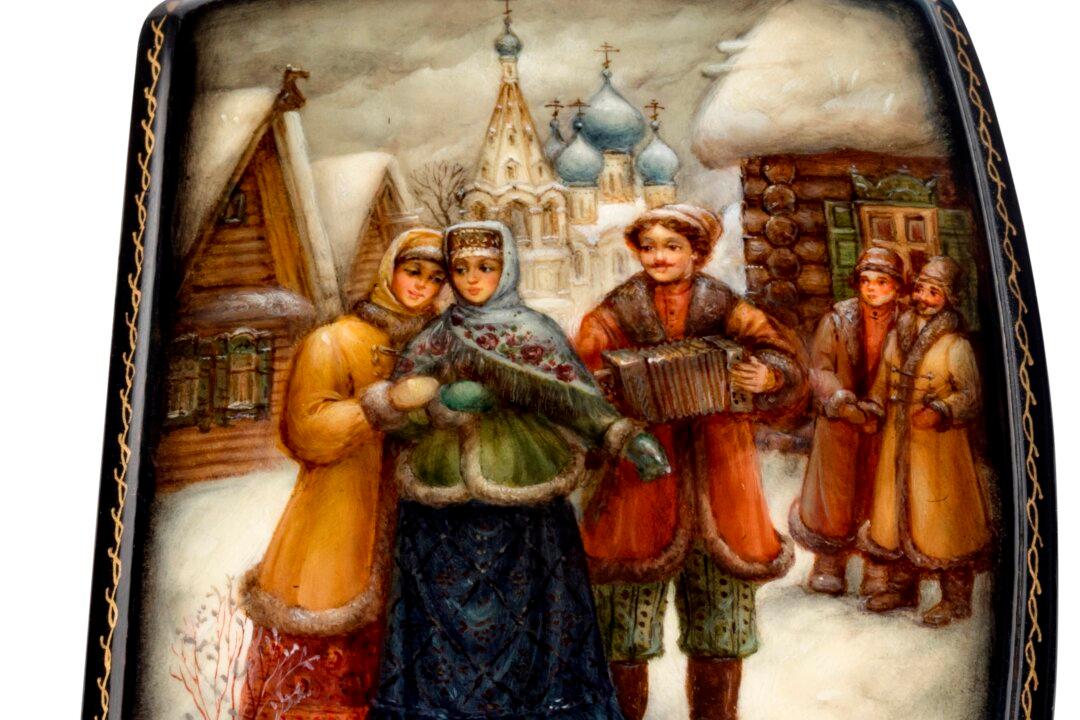NEW YORK—I’m often surprised how small certain famous works of art actually are. Rembrandt van Rijn’s “Self-Portrait Etching at a Window” is a prime example, only roughly the size of a hand. It’s the first work you experience at The Metropolitan Museum of Art’s exhibition “Selections from the Department of Drawings and Prints: Rembrandt,” commemorating the 350th anniversary of his death, and running until July 28. It’s a black-and-white print, full of emotional color.
I navigated around a few patrons until I was directly in front, alone with Rembrandt peering back at me. But as I moved, the maestro never stopped studying me. I imagine it’s the way he would intently observe people on the street, recording the nuances of human behavior and emotion for his next work. His facial expression and easy posture disarmed me—from his slightly furrowed brow and softly pursed lips formed from contemplative concentration, to his hand’s poised tension, holding a pencil or etching instrument, ready to resume his art.





